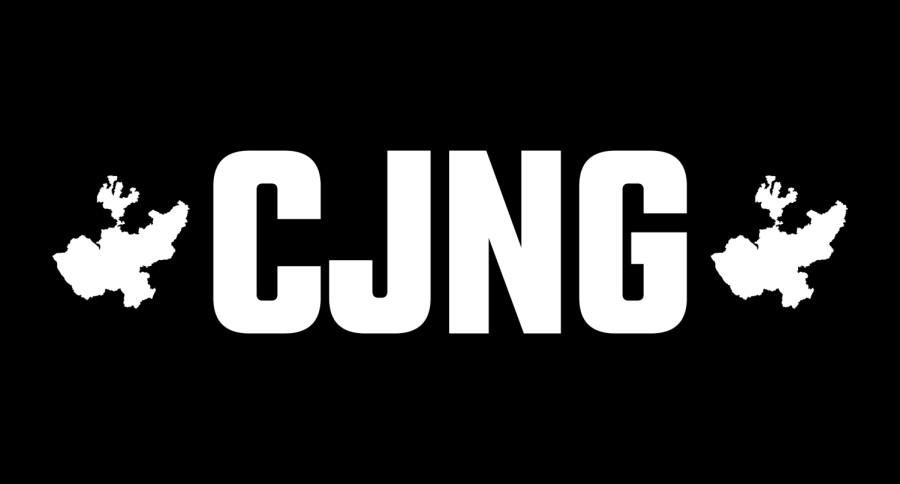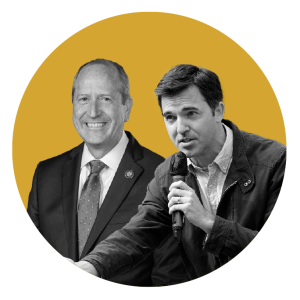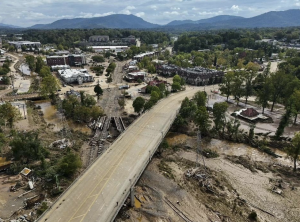New drug cartel in Mexico threatens national security
The astronomical rise of the Mexican drug cartel could worsen the United States’ opioid crisis
The CJNG cartel in Mexico is growing rapidly.
February 14, 2023
“Hugs, not bullets.” This is the current motto of Mexican President Andrés Manuel López Obrador to describe his administration’s policies on Mexican drug cartels. Despite this rather optimistic approach to the raging cartel violence in Mexico, political unrest and violence lay on the horizon for Mexico as a new force rises to power — the Jalisco New Generation Cartel (CJNG). Do not be mistaken; this cartel is like none other. The CJNG poses a threat to not only the national security of Mexico but to that of the United States, as well.
To kick off the new year, U.S. President Joe Biden visited Mexico for the first time in his presidency. The much-needed meeting between the two nations took place from Jan. 8-10. One of the main topics of conversation between the two countries is the U.S. opioid crisis, as Mexican cartels mass produce the highly addictive drugs. In 2021, more than 71,000 deaths from fentanyl overdoses were recorded in the United States, making it one of the main causes of death for people between the ages of 18 and 45.
In response to the opioid crisis, the United States has taken action to eliminate many of the prominent cartel leaders. In 2014, Mexican and U.S. authorities arrested Joaquín “El Chapo” Guzmán, leader of the Mexican Sinaloa Cartel. Yet, despite this arrest, the crisis has worsened in several ways.
Without Guzmán leading the Sinaloa Cartel, the opposition — specifically the CJNG — has gained more and more power. Since its founding in 2011, the CJNG has acquired more than $20 billion worth of assets, making it the second largest and most powerful cartel in Mexico, following the Sinaloa Cartel.
However, the CJNG’s absurd rise to power is not the primary reason for concern. The CJNG cartel operates under a brazen, brutal approach. While many people describe the members of the Sinaloa Cartel as “buttoned-down criminals” or “polite extortionists,” the CJNG is described as “brash, crude [and] frightening,” with one witness going so far as to describe them as a “plague to be rid of.”
The CJNG, unlike many cartels, is quite militarized — they have access to armored trucks and military-grade weapons, many of which are smuggled from the United States. Unlike their Sinaloa competitors who use extortion and bribery, the CJNG operates like the Taliban — relying on intimidation tactics to gain control and power and using propaganda videos and social media to grow their audience. It has also not failed to demonstrate its power. In 2015, the CJNG took responsibility for an attack that killed 15 Mexican police officers in Jalisco.
Such demonstrations and intimidation have left the Mexican government frozen with fear, allowing the CJNG to grow freely. The CJNG’s growth and the Mexican government’s lack of a proper response pose a threat to American society. Without internal pressure from the Mexican government, the CJNG can more easily produce and transport opioids, including fentanyl, into the U.S. As the CJNG grows, so will the mass production and transportation of opioids into the United States, ultimately increasing the threat of overdoses in the opioid crisis.
Within the United States, worries have grown. Following new statistics about fentanyl overdoses, politicians have begun discussing effective ways to minimize the issue. While some politicians, such as Gov. Greg Abbott, have labeled this an immigration issue and sought to place blame on the Biden administration, others have begun promoting mental health and addiction projects. Regardless of the solution, one thing is clear — name-calling, blame-seeking and partisan politics are going to be more potent than ever. Unity and bipartisan support for mental health, addiction programs, immigration and border security are incredibly important as 150 people die from opioid overdoses each day, according to the Center for Disease Control.














Whit Jr. • Feb 16, 2023 at 2:32 am
An informative, well-written column. Worthy of the New York Times, imho. The elephant in the room, however, remains Biden’s open-borders policy and the flood of illegals crossing the southern border–5,000,000 since he took office. Among them: drug and human traffickers, murderous CJNG operatives, sleeper agents from who knows what terrorist state—all agog to set up in a neighborhood near you and aggrandize themselves as the linchpin of a permanent, insurmountable Democratic Party voting majority. As Biden and Harris intended, I might add. Conspiracy theory? Say “Yes!” or prepare to be cancelled—forever.
Bbclark • Feb 15, 2023 at 4:17 pm
Very interesting! Totall agree…Our lawmakers need to stop the posturing and actually work towards finding common ground on such a fundamental issue.